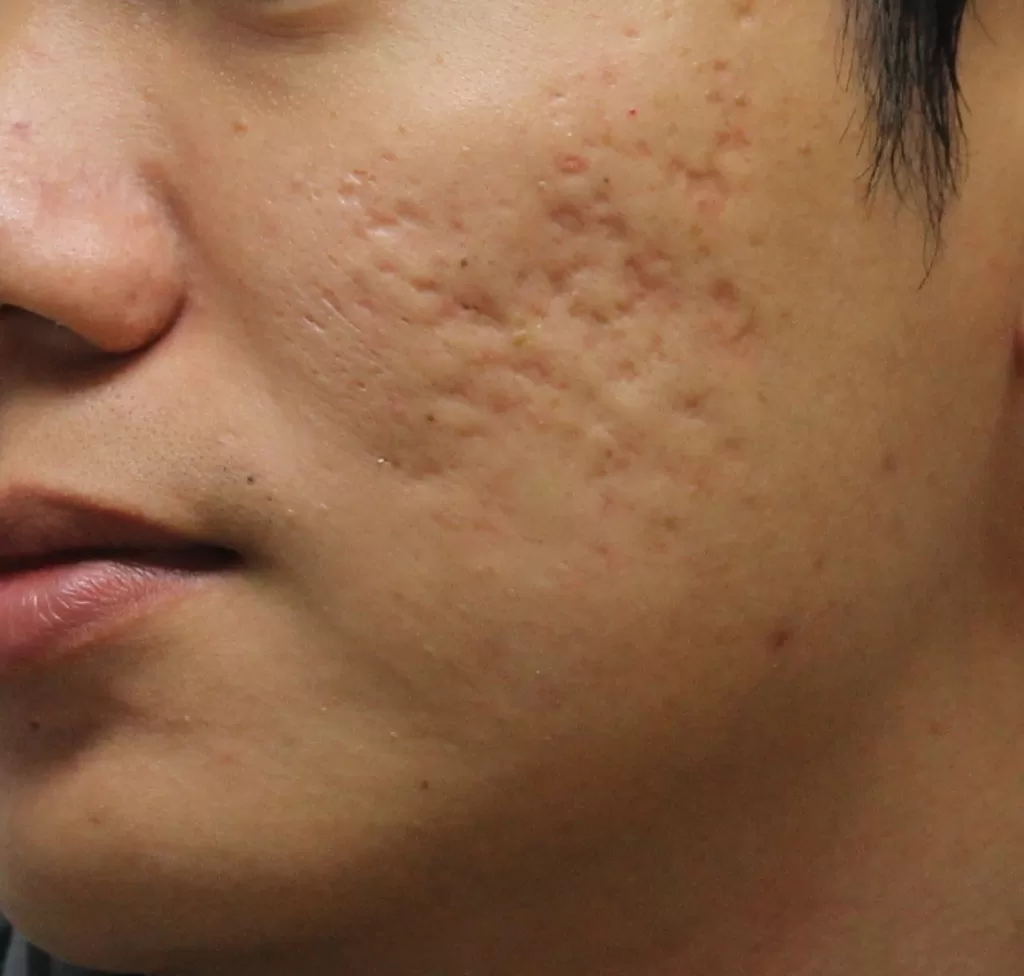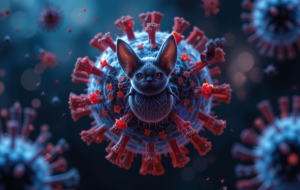Acne Marks vs. Acne Scars: What’s the Difference and How to Treat Them

Acne Marks vs. Acne Scars: What's the Difference and How to Treat Them
If you’ve ever had a pimple, you know that they can leave behind red, brown, or purple marks. These marks can be frustrating and embarrassing, but it’s important to know that not all of them are scars.
How to tell the difference between acne marks and scars
Acne marks are flat areas of discoloration caused by inflammation. They usually fade away on their own within a few weeks or months. Scars, on the other hand, are permanent changes in the skin’s texture. They can be raised, indented, or smooth.
Here are some tips for telling the difference between acne marks and scars:
- Texture: Acne marks are flat, while scars have a different texture than the surrounding skin. They can be raised, indented, or smooth.
- Color: Acne marks are typically red, brown, or purple. Scars can be the same color as your skin, or they may be lighter or darker.
- Time: Acne marks usually fade away within a few weeks or months. Scars are permanent.
Why acne marks and scars should be treated differently
Acne marks and scars should be treated differently because they are caused by different things and require different treatments.
Acne marks are caused by inflammation, so they can be treated with over-the-counter or prescription anti-inflammatory products. These products can help to reduce redness and pigmentation.
Scars are caused by damage to the skin’s collagen and elastin fibers. There is no over-the-counter treatment that can completely remove scars, but there are a number of prescription and in-office procedures that can help to improve their appearance. These procedures include:
- Dermabrasion: This procedure uses a rotating abrasive device to remove the outer layer of skin.
- Microdermabrasion: This procedure is similar to dermabrasion, but it uses smaller crystals to remove the outer layer of skin.
- Chemical peels: These peels use acids to remove the outer layer of skin.
- Laser treatments: These treatments use laser energy to stimulate collagen production and improve the appearance of scars.
If you have acne marks or scars, it’s important to see a dermatologist to get the best treatment for your individual needs.
Tips for preventing acne marks and scars
The best way to prevent acne marks and scars is to prevent acne in the first place. Here are some tips:
- Wash your face twice a day with a gentle cleanser.
- Use a moisturizer that is non-comedogenic (meaning it won’t clog your pores).
- Avoid picking or squeezing pimples.
- See a dermatologist for prescription acne treatment if needed.
If you do develop acne, it’s important to treat it promptly to minimize the risk of scarring.






